The Angelus: Our Newsletter
VOLUME 19, NUMBER 15

The rite of imposition of ashes on the first day of Lent, when Jesus' words in Matthew about not showing any sign that one is fasting are still hanging in the air, is not the only scriptural contradiction that has come down to us for Lent. In their book Liturgy for Living (1979), Charles P. Price (1920-1999) and Louis Weil wrote, "For as long as we have records, the passage read as the Gospel for the First Sunday in Lent has been the account of Jesus' temptations" (page 230). Yet Jesus' encounter with Satan happens immediately after, not before, his baptism.
Read MoreVOLUME 19, NUMBER 14
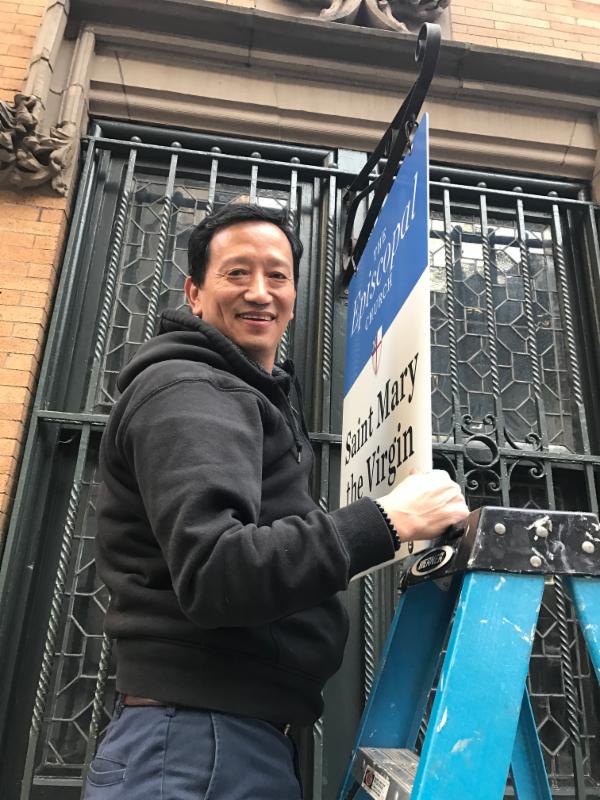
The big news for the coming week is the beginning of Lent on Wednesday, March 1. That said, I want to begin by looking at Sunday, now called, "The Last Sunday after the Epiphany." In earlier Prayer Books it was, "The Sunday called Quinquagesima, or the Sunday next before Lent." Quinquagesima-from the Latin for fiftieth-is exactly fifty days from Easter Day.
Read MoreVOLUME 19, NUMBER 13

FROM THE RECTOR: ISHMAEL
There's more to the story of Ishmael than the famous opening sentence of Herman Melville's Moby-Dick. But I don't think Melville's use of Ishmael's name was fair. Ishmael was not the child of the covenant-though Genesis notes Ishmael was thirteen years old when he, along with his father and all of the enslaved males belonging to Abraham were circumcised (Genesis 17:23-27). "Ishmael" means "God hears" (Genesis 16:11). He, like Isaac, was a child of promise.
Read MoreVOLUME 19, NUMBER 12
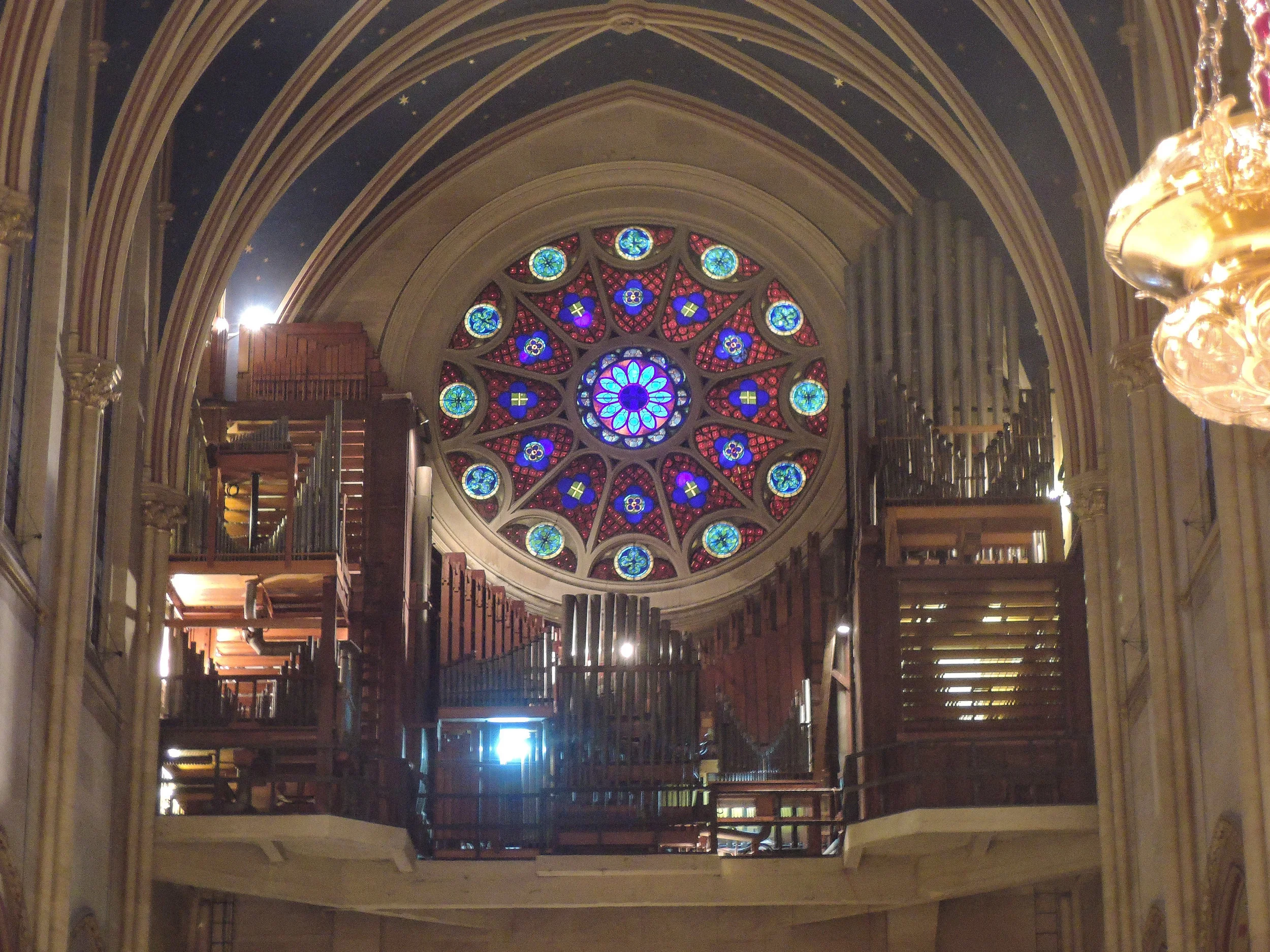
FROM THE RECTOR: A BIBLICAL FAMILY
Abram, later Abraham, makes his first appearance in Genesis in a list of the descendants of Noah's oldest son, Shem (Genesis 11:26). We've been hearing Abraham's story at Evening Prayer since the second Friday after the Epiphany, this year, January 20. A few years ago I discovered that the Daily Office Lectionary omitted the passage where Abraham's two sons, half-brothers Ishmael and Isaac, come together to bury him (Genesis 25:9). I also discovered that the only other time they are found together is after Isaac is born. Isaac's mother Sarah sees them playing together. She reacts by insisting that Abraham send Ishmael and his enslaved mother Hagar away. Neither Sarah nor Abraham come off very well in this story. Yet sending Hagar and Ishmael away opens the door for God to rescue them when they are near death in the wilderness.
Read MoreVOLUME 19, NUMBER 11
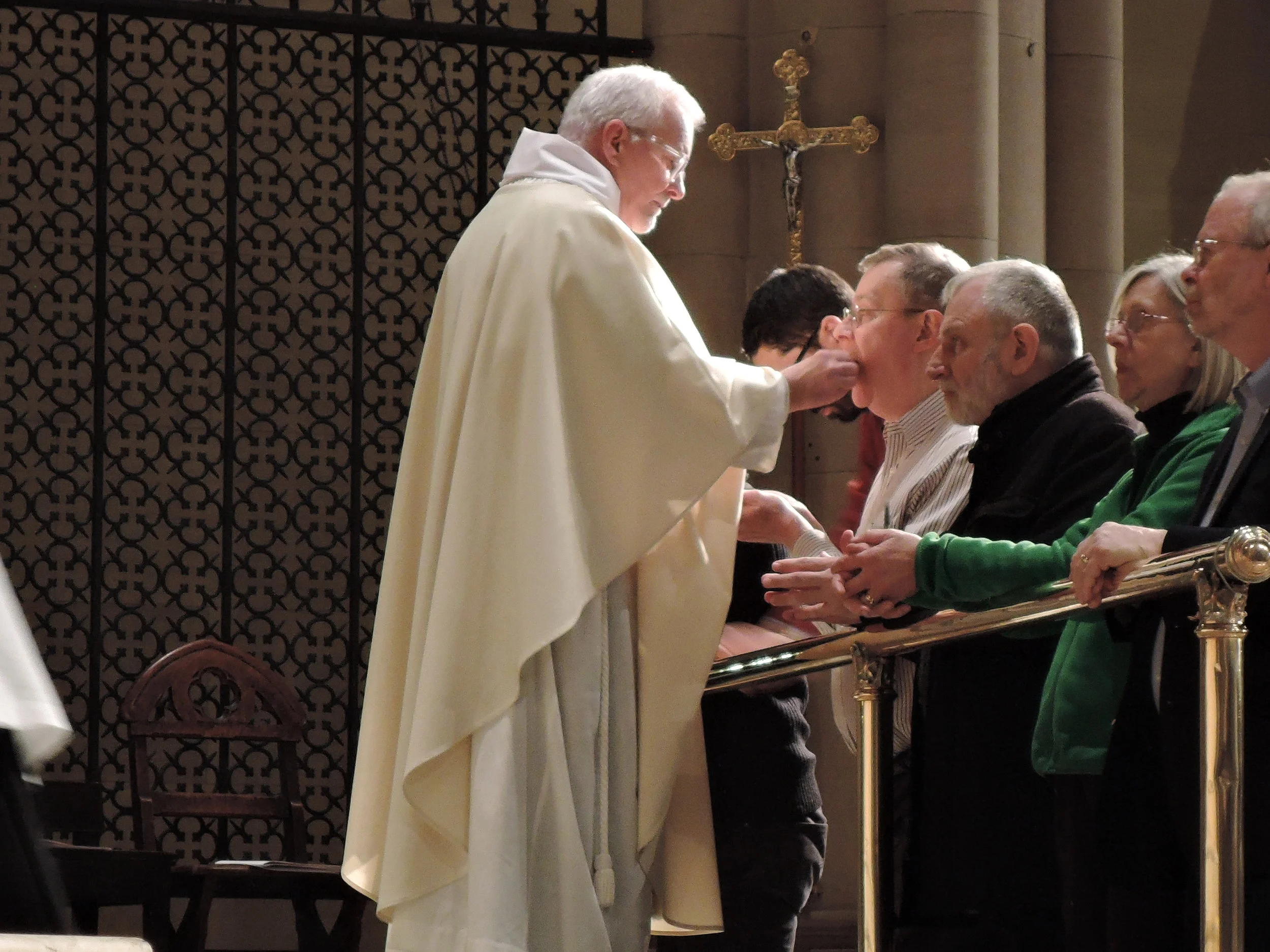
FROM THE RECTOR: THE PSALTER
Over the years, through the grace of knowing some generous priests who were retiring and reducing their libraries, I have acquired all but one in the series of Prayer Book Studies done to prepare for the Draft Proposed Book of Common Prayer (1976). The series started in 1950 with a single volume. It included the first two studies: I Baptism and Confirmation and II The Liturgical Lectionary. There's a lot to be learned from the series about the present Prayer Book and about the shape of liturgical studies of their time.
Read MoreVOLUME 19, NUMBER 10

FROM THE RECTOR: SMOKELESS MARY'S
On Sunday, January 22, after Evensong, thurifer Ric Miranda was burning off the residue in the removable metal cup that holds the charcoal inside the thurible. The soot or residue on one of the blades of the exhaust fan caught on fire. Because of his background, Ric knew how to deal with the fire directly and quickly. At his suggestion, the Fire Department was called to make sure the fire was entirely out-no residual smoldering particles to set something else on fire. Until we have a new exhaust system and the right kind of fire protection system in the smoke room, our prayers will rise to God without incense.
VOLUME 19, NUMBER 9

Joseph, the one with the coat of many colors, and his family were not the first Hebrews to sojourn in Egypt. After God led Abram, later Abraham, to leave his father's land to go to Canaan, there was a famine. So, he headed to Egypt. As they entered that country, he told Sarai, later Sarah, his wife and half-sister, to say to the Egyptians that she was his sister, but not his wife (Genesis 12:10-20). Later, Abraham does this again with other people. The second time, Sarah will be spared sexual relations (Genesis 20:1-18).
On Saturday, January 21, 2017, the eve of the Third Sunday after the Epiphany, we will hear the first of these two stories. The Daily Office Lectionary omits the second.
Read MoreVOLUME 19, NUMBER 8

FROM THE RECTOR: A CLERICAL UNITY
On December 7, 2016, I was the celebrant for the Wednesday 12:10 Sung Mass. It's the day the church commemorates the life and witness of Ambrose, bishop of Milan, who died in 397. Preparing for a brief homily, I was surprised and appalled to discover that the date of his commemoration had shifted with the 1979 Prayer Book from the date of his death to the date of his ordination as bishop. He died on Easter Eve, April 4, 397.
Read MoreVOLUME 19, NUMBER 7

FROM THE RECTOR: CLOSED DOORS
While making two pastoral visits early last Friday afternoon, I walked by one Orthodox cathedral and four Protestant churches. The doors of all five were closed. Two of the churches were Episcopal parishes, the others were a Presbyterian and a Hungarian Reformed congregation. The cathedral was Greek Orthodox. These days many churches are simply not able to keep their doors open throughout the day; and so I can think of no more important ministry for us than the witness and opportunities our open doors offer. Our doors are open not just for ourselves, but also and always for others.
Read MoreVOLUME 19, NUMBER 6

FROM THE DEACON: BREAK AHEAD
The above title sounds like a highway sign, but those usually tell exactly what's around the bend, while our life journeys rarely imitate that prescience, that certainty.
When we worship at Saint Mary's we profess a willingness to open ourselves to something mysterious, to the opposite of certainty: faith. We may be afraid to surrender to God guiding us when we can't see the next steps clearly, but Paul reminds us that, "we look not to the things that are seen but to the things that are unseen" (2 Corinthians 4:18). In November I wrote about, "Time Away & Back Again." It's perhaps an apt description of a new phase-how I'll deal with some realities of my life in New York City and subsequently at Saint Mary's.
Read MoreVOLUME 19, NUMBER 5
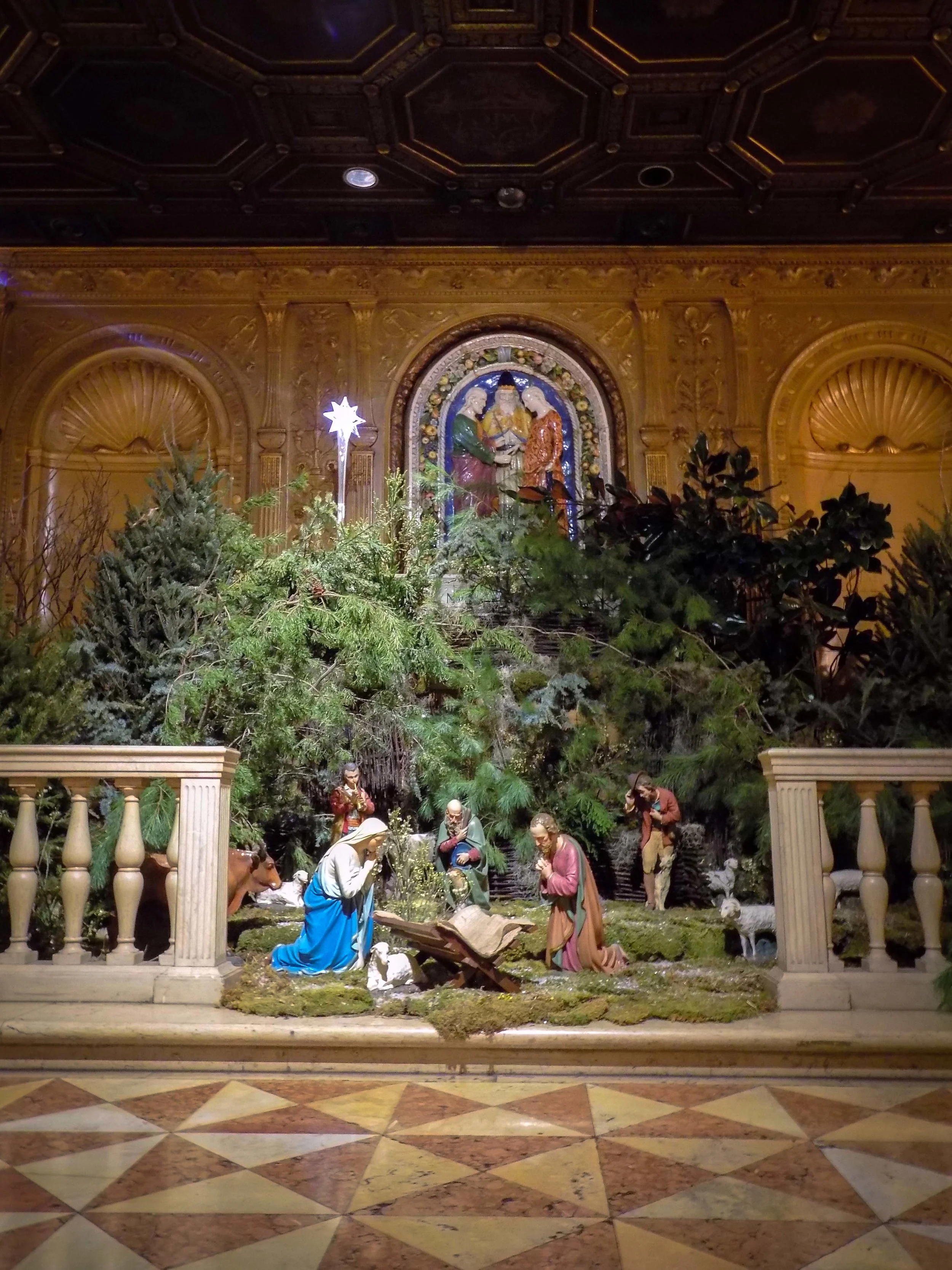
FROM THE RECTOR: CHRISTMAS 2017
Christmas Day is a Sunday this year. We will celebrate all of our regular Sunday morning services, but not Sunday Evensong. The church will close at 2:00 PM. On Christmas Eve, Sung Mass of the Nativity will be at 5:00 PM and Procession & Solemn Mass will be at 11:00 PM. Christmas music will be at 4:30 PM and 10:30 PM.
Read MoreVOLUME 19, NUMBER 4

FROM THE RECTOR: CHRISTMAS GOSPELS
Only when Christmas Day is a Sunday, as it is this year, do I really get a chance to write for the Fourth Sunday of Advent. This year, not only is Christmas Day a Sunday, but one of our two Christmas stories is read, not on Christmas, but on the Fourth Sunday of Advent. Yes, you read that correctly.
VOLUME 19, NUMBER 3
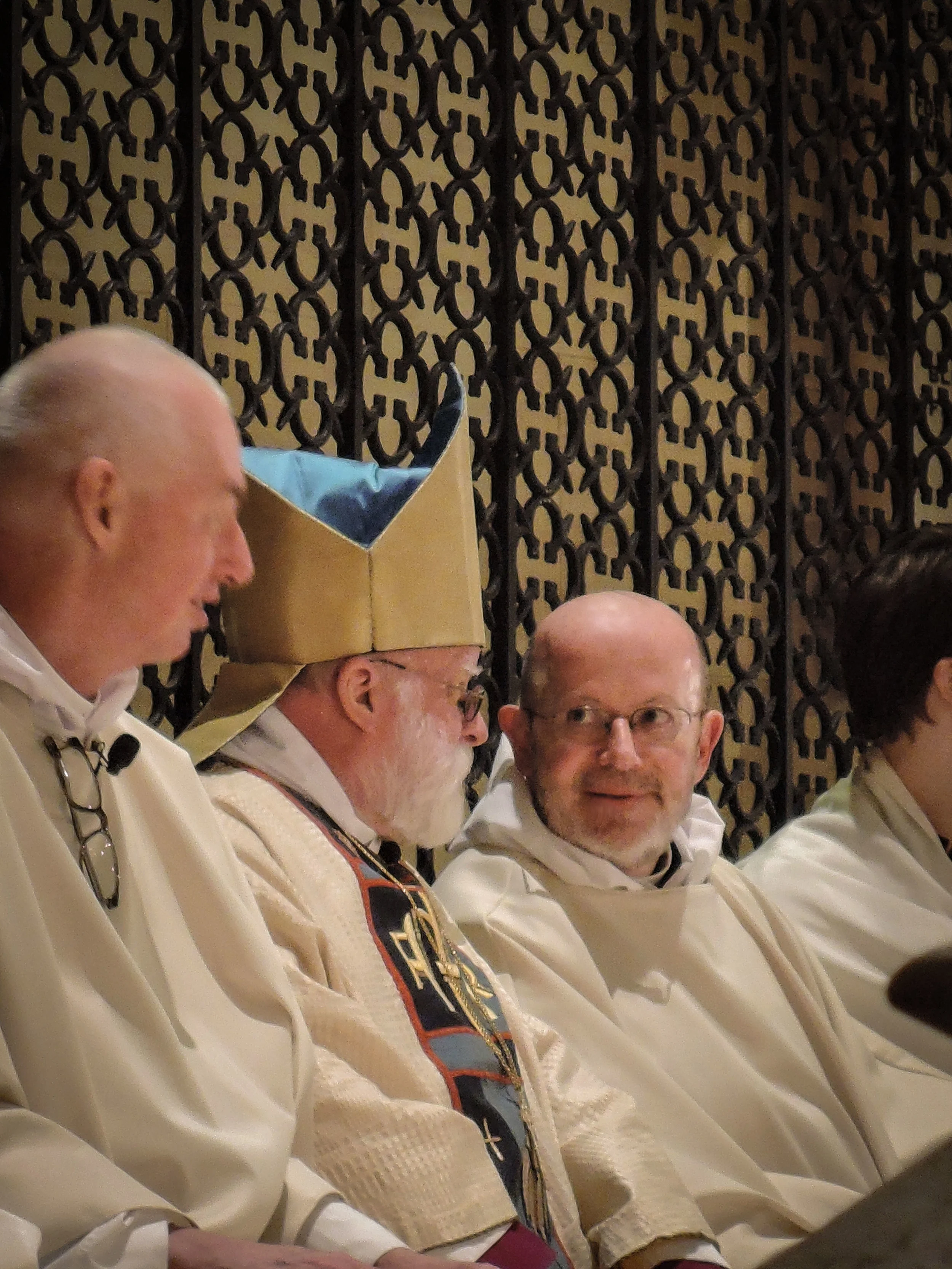
FROM THE RECTOR: CHILDREN OF GOD
As I write on the morning after our bishop's visitation on our patronal feast, I want those who were not able to be here to know that Bishop Andrew Dietsche preached a sermon on the annunciation to Mary that none of us who heard it will forget. He recently returned from a mission trip to southern India to see the work Anglicans are doing with the outcasts of South Asian society. You probably know the word "Untouchables." Mohandas Gandhi called the Hindus without a caste, "Harijans," that is, "Children of God." The most common name for the group now is "Dalit," from the Sanskrit word meaning "oppressed." Among the most despised are the very young girls who are given or sold by their families to become temple prostitutes. They can almost never leave. They have no education, no hope, no choice; they face a life of poverty, sexual abuse, shame, and violence. Their children are known as "children of God" because the names of their fathers are unknown. Gandhi's "Harijan" is a now a term of degradation.
VOLUME 19, NUMBER 2

FROM THE RECTOR: PATRONAL FEAST 2016
On Wednesday, November 30, I was in West Feliciana Parish, north of Baton Rouge, Louisiana, to visit a retired bishop of Louisiana, Charles Jenkins, and his wife, Louise Jenkins. They have been friends of mine since I served as Father Jenkins' curate in Baton Rouge. They are also friends of Saint Mary's. If memory serves, the bishop has known Saint Mary's since he was a seminarian. I continue to be thankful for the friendship, encouragement, and advice they have given me over many years.
Read MoreVOLUME 19, NUMBER 1

FROM THE RECTOR: A NEW ADVENT
Last Sunday during the announcements at Solemn Mass, I remarked to our visitors that there was nothing special about our music for Christ the King Sunday. I said, "It's this great all of the time." Since the beginning of the choir season in October, Dr. David Hurd and our singers have given us one extraordinary Solemn Mass after another. I've thanked them publicly at Mass; now I want to let the wider community know of my personal appreciation and of the appreciation that has been expressed by those at church.
Read MoreVOLUME 18, NUMBER 52

FROM OUR DEACON: TIME AWAY & BACK AGAIN
On All Saints' Day, I returned from my time off from Saint Mary's, which had coincided with the first half of a fellowship leave I was granted by Borough of Manhattan Community College (BMCC), where I've been a full-time English professor for thirty years. My award was for a half year with pay in support of a poetry writing project, preliminarily titled Afters and Befores, which takes its thematic purpose from some lines in T. S. Eliot's Four Quartets, "Burnt Norton": "Time present and time past/Are both perhaps present in time future/And time future contained in time past . . ." My manuscript of poems and prose poems in progress (two of which were recently published online) intends to illuminate the passage and evolution within a life now at middle age, lived fully, with all of the human concerns and complications-death, loss, aging, love, family, and so on.
Read MoreVOLUME 18, NUMBER 51
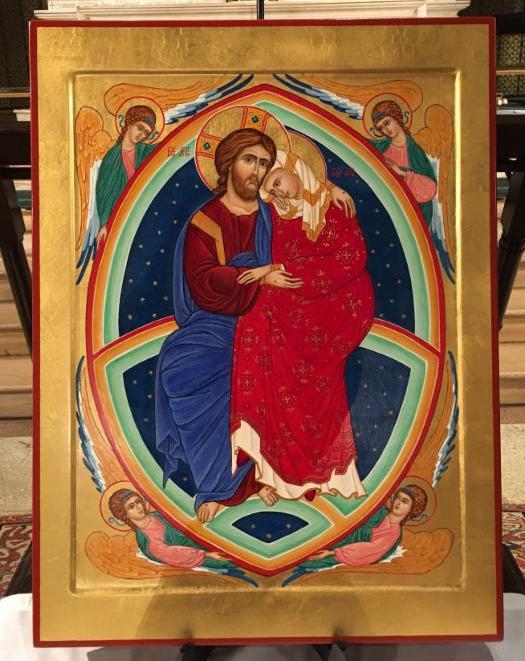
FROM THE RECTOR: A NEW PRAYER
Very gradually over the past month or so, I've realized that my experience of daily common prayer has changed. While praying the canticles, the creed, and the regular prayers, and sometimes even when officiating, I am going to a place where the words just seem to be coming out of my mouth without me reading or thinking them. It doesn't seem like memory to me. I don't have to think about it. It's almost involuntary. I sense I just need to be there in church at the right time for my spirit to be in a new place, aware in the now in a new way.
Read MoreVOLUME 18, NUMBER 50

FROM THE RECTOR: GUTTERS AND ROOFS
Most weeks Office Manager Chris Howatt and I meet with the job leaders for our renovations from the architectural firm Jan Hird Pokorny Associates, Inc. (JHP), and the construction firm West New York Restoration of CT, Inc. (WNY). The work began when scaffolding went up across the 47th Street façade on December 9, 2015. It went up then so that the terra cotta stones on the roof could be taken down and restored or replicated as required. The roof work is essentially complete save for the reinstallation of the terra cotta. I learned at this week's meeting that all of the new terra cotta units are on the truck. My hope is that most of the scaffolding will be down by Thanksgiving Day. The sidewalk bridge will remain in place because problems were discovered with the carved stones set around the 47th Street entrance and with the limestone ornamentation atop the Lady Chapel roof.
VOLUME 18, NUMBER 49

FROM THE RECTOR: CELEBRATING THE SAINTS
Most of the great festivals of the church year are associated in my mind with hymns. It really does feel like the morning of the resurrection when, at the end of the Great Vigil of Easter, we sing "Jesus Christ is risen today, Alleluia!" For me, it really is Christmas when the organ begins to introduce our final hymn at the Christmas Eve Masses, "Hark! the herald angels sing." At Epiphany it's "Brightest and best of the sons of the morning"-to the tune Star in the East. For Trinity Sunday it's "I bind unto myself today the strong Name of the Trinity." And of course for All Saints' Day, it's "For all the saints." This hymn will be sung at the 12:10 PM Sung Mass and at the 6:00 PM Solemn Mass on Tuesday, November 1, All Saints' Day
Volume 18, Number 48

FROM MICHAEL DEVONSHIRE: REVEALING THE FAÇADE
"There is no sculptural art in America . . . You'll starve!" In this way, John Massey Rhind (1860-1936) was warned away from venturing to America in his ambition to follow his training as a sculptor and make his way in the United States. He ignored his father's admonition, and the Church of Saint Mary the Virgin is so much the better for it. In the creation of the church complex, John Massey is responsible for no fewer than six important sculptural images. The sculptures are presently in good condition, showing very little erosion of the surfaces, something that is generally expected in the New York City's atmosphere. Close inspection of the pieces is not possible, however, due to the protective netting and the sidewalk bridge.